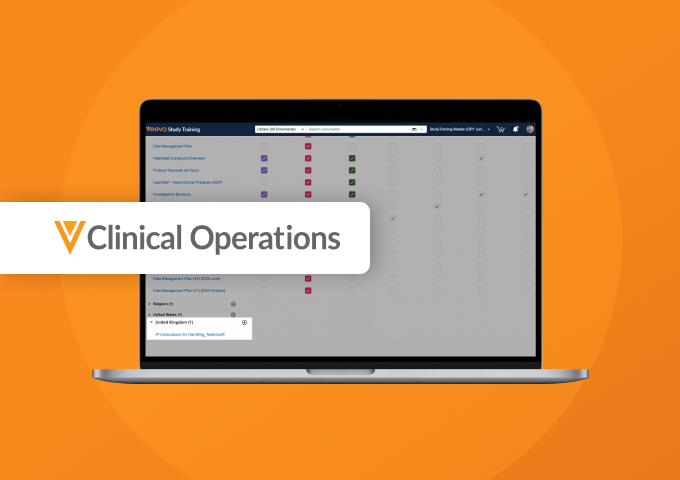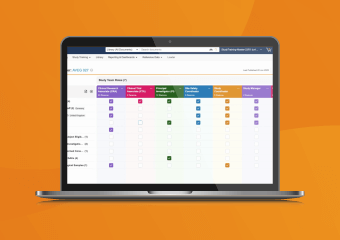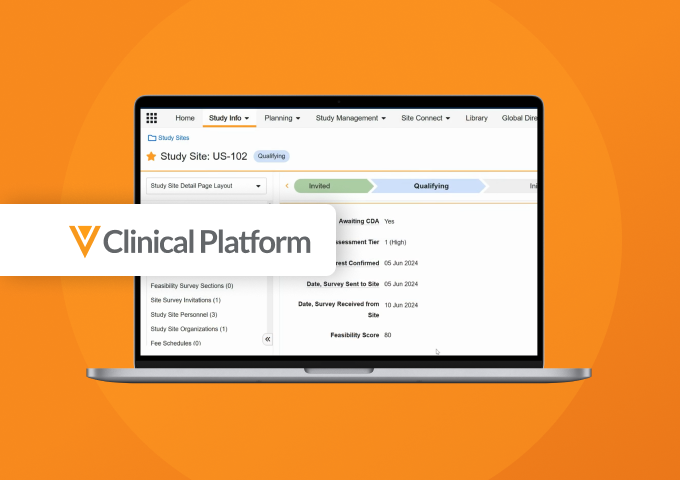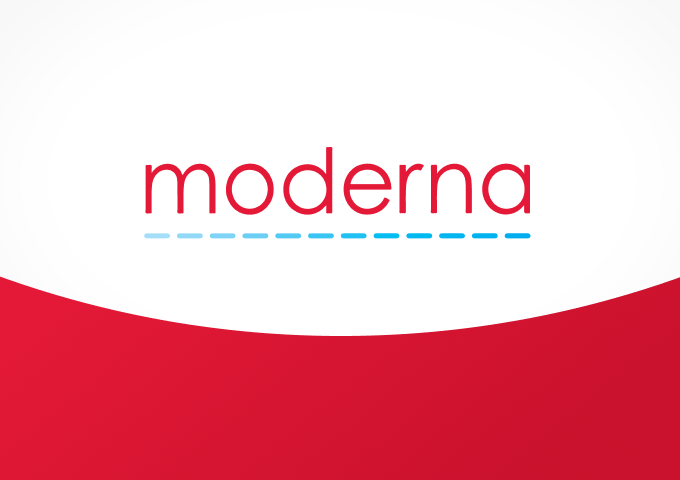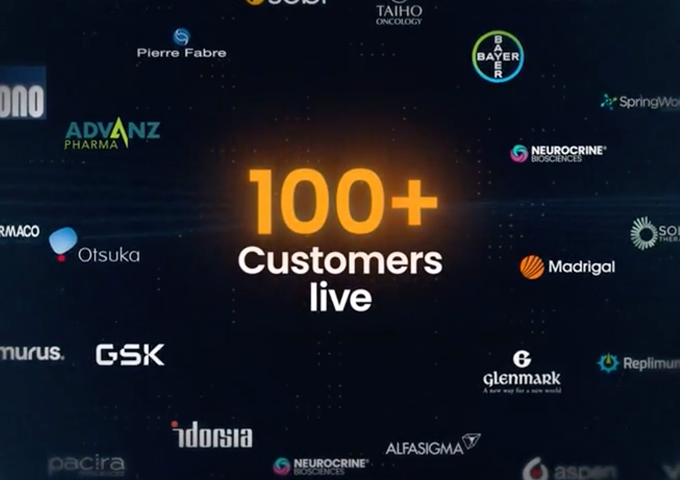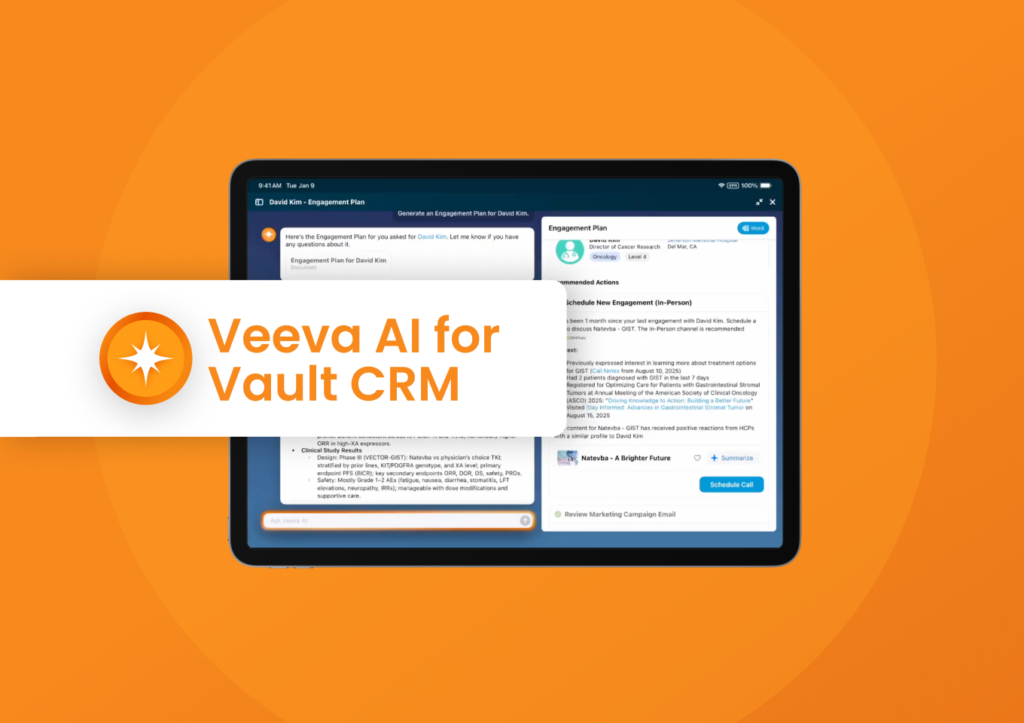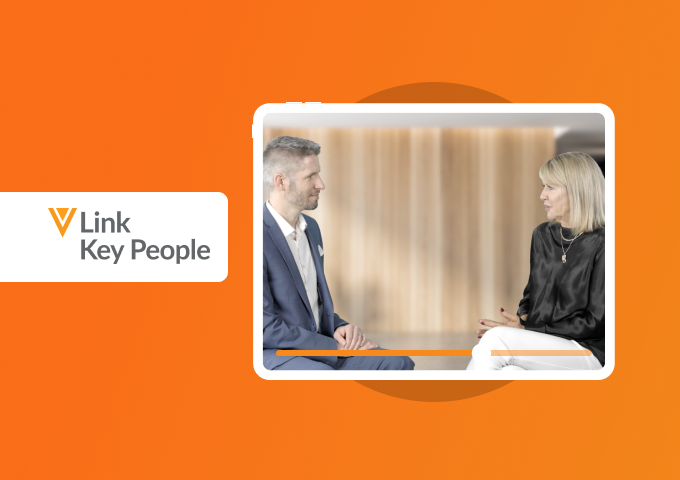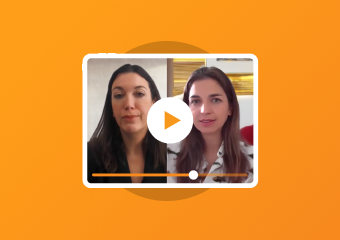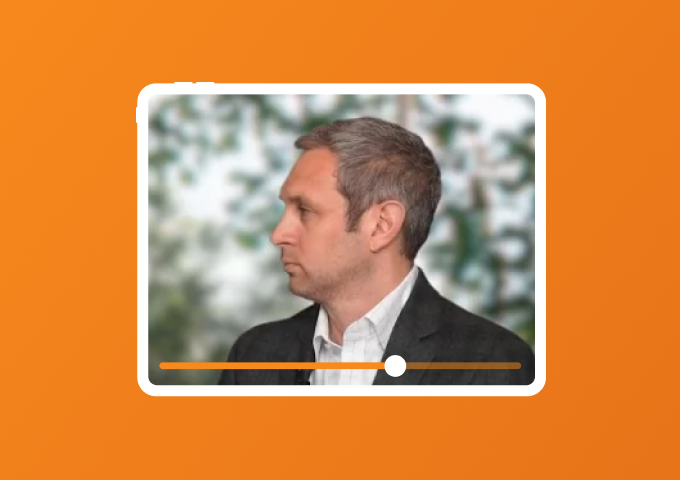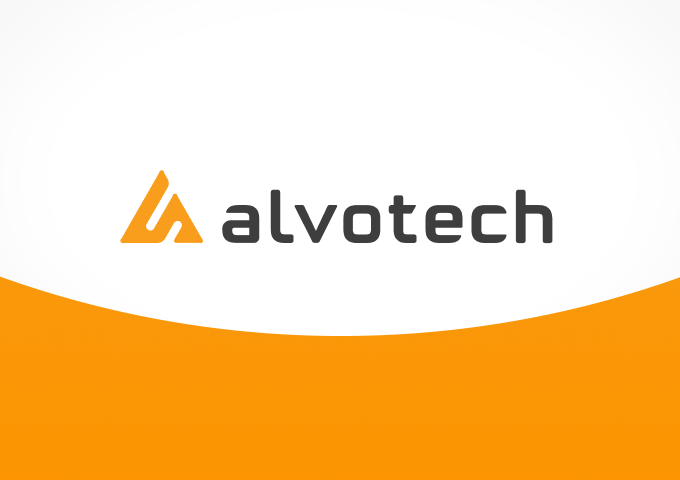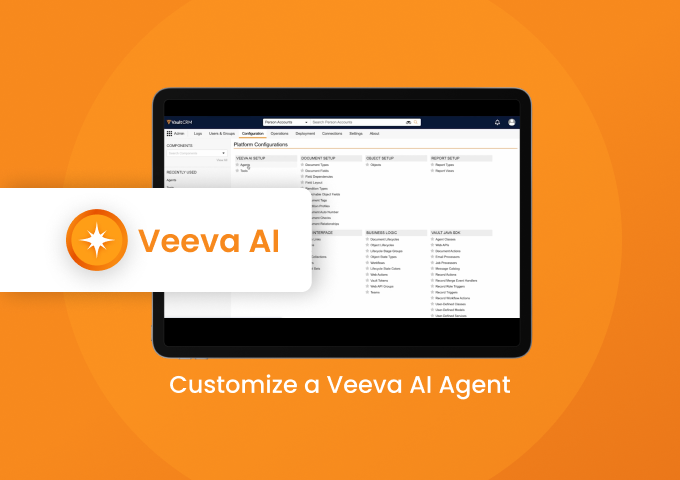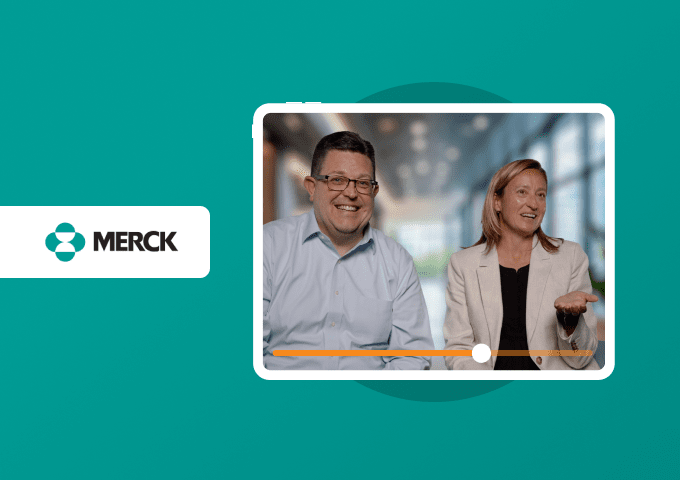Resource Center
Clinical Data
View More Clinical Data ResourcesClinical Operations
View More Clinical Operations ResourcesCommercial
View More Commercial ResourcesRead eBook
The State of Data, Analytics, and AI in Commercial Biopharma

Read Customer Story
Top 20 Biopharma: Optimizing Field Force Deployment

Watch Video
Driving Commercial Excellence with OpenData and Network

Learn More
Rare Disease Predictive Alerts

Development Cloud
View More Development Cloud ResourcesWatch Demo
Automate PSMF Content Sharing Across Regulatory and Safety
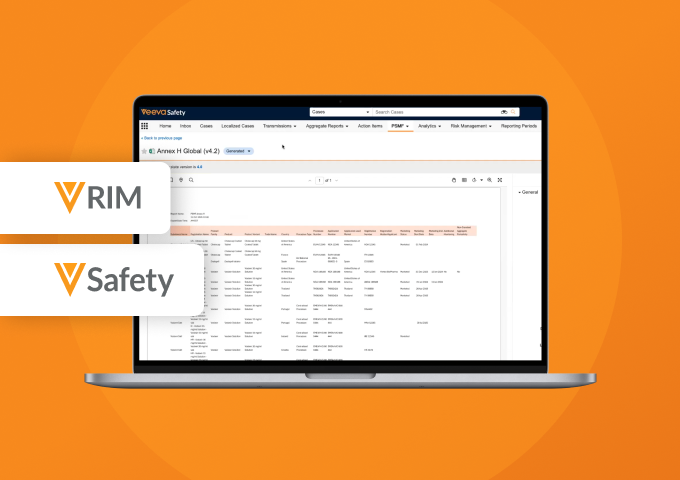
Watch Video
Standardizing Common Data and Processes Across R&D

Learn More
Breaking Down Silos with Cross-Functional Clinical Trial Processes

Watch Demo
Safety-Clinical Operations Connection Automates Safety Letter Distribution

Medical
View More Medical ResourcesQuality
View More Quality ResourcesRegulatory
View More Regulatory ResourcesVault Platform
View More Vault Platform ResourcesLearn More
Veeva AI for PromoMats

Learn More
The Advantage of Clean Clinical Trial Reference Data

Learn More
Recordati Passes Recent Inspection with No Findings
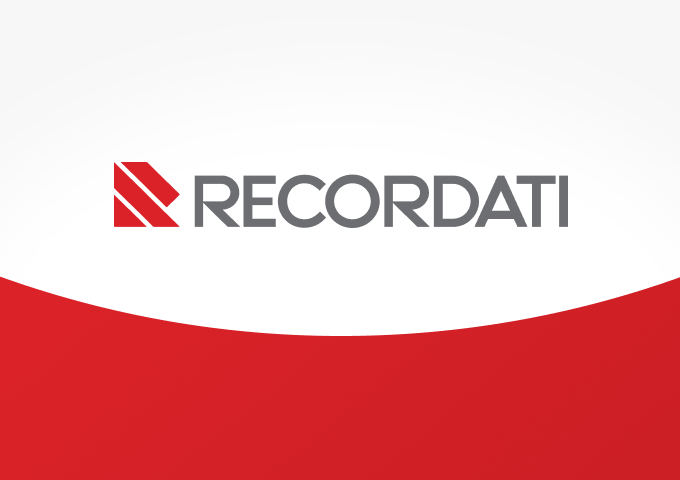
Learn More
Richter BioLogics Drives Efficiency and Compliance with Unified Quality

Learn More
OM Pharma Scales Globally by Harmonizing Data on Unified RIM

Watch Video
Alignment with One Platform and Cross-functional Governance
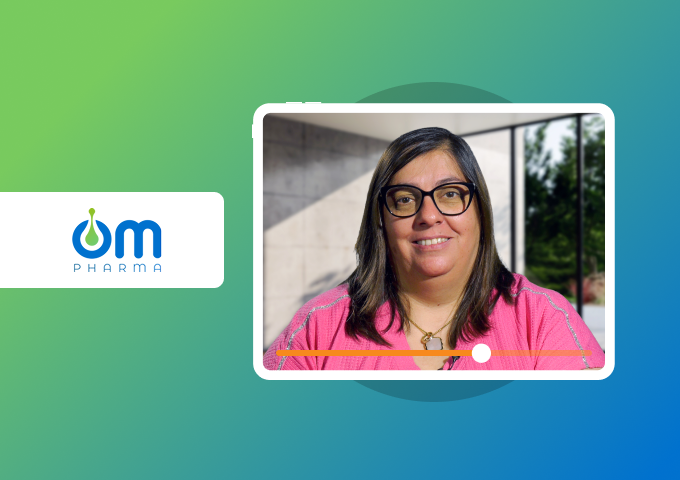
Watch Video
Biogen Connects Data on a Single Development Platform
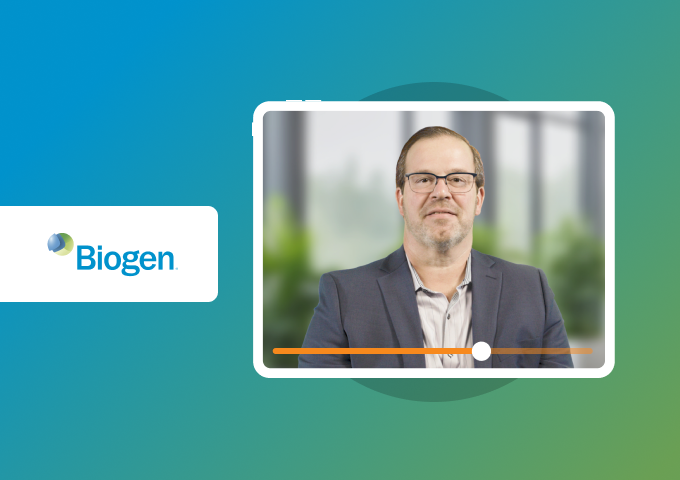
Learn More
Learn, Confirm, Then Scale

Watch Video
Veeva AI for PromoMats
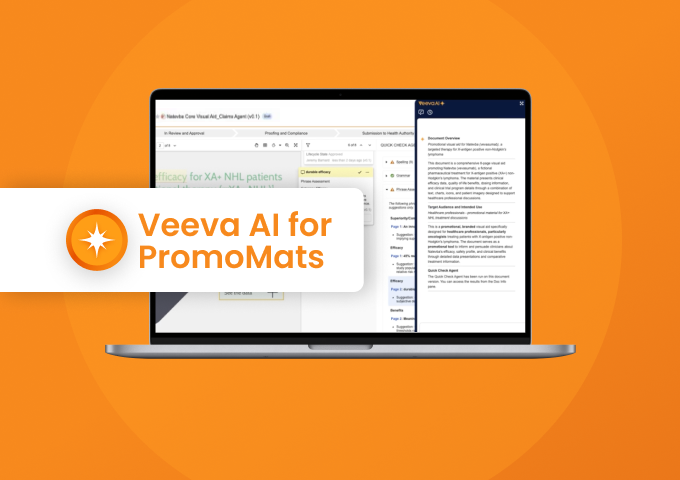
Watch Video
Novo Nordisk: Faster Trial Setup & Shorter Cycles with Veeva

Learn More
Veeva HCP 360 Trends Report

Watch Video
Camurus Reduces Case Processing Time and Costs with In-house Safety
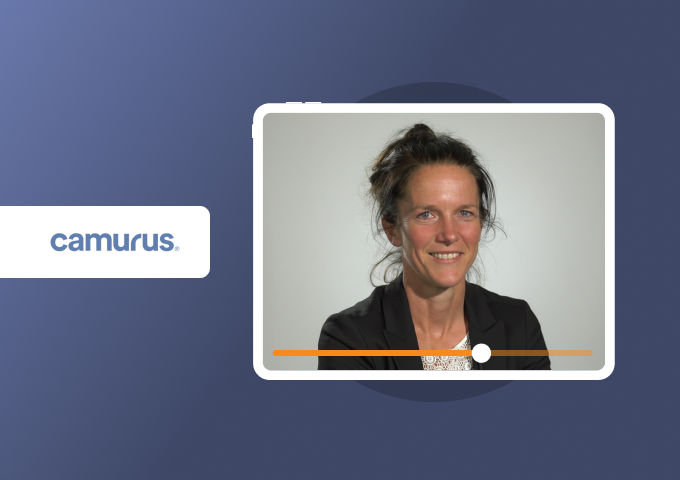
Watch Video
Camurus Increases Efficiency with Unified Safety Solution
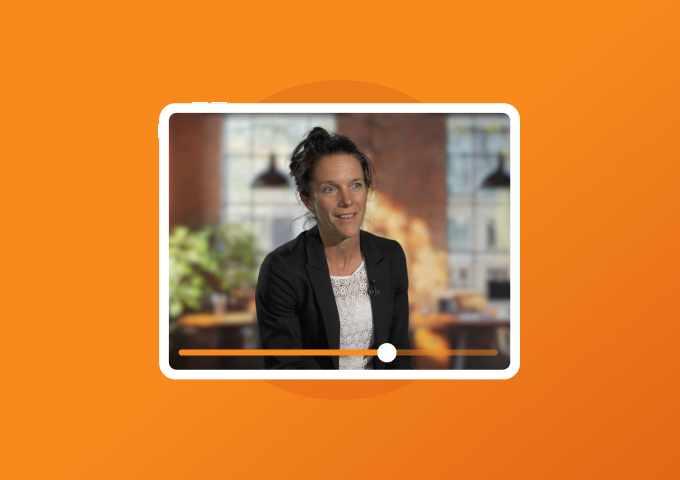
Learn More
Merck KGaA: Driving Quality Transformation

Watch Video
Managing Data Made Easier: Reduce Costs, Improve Insights
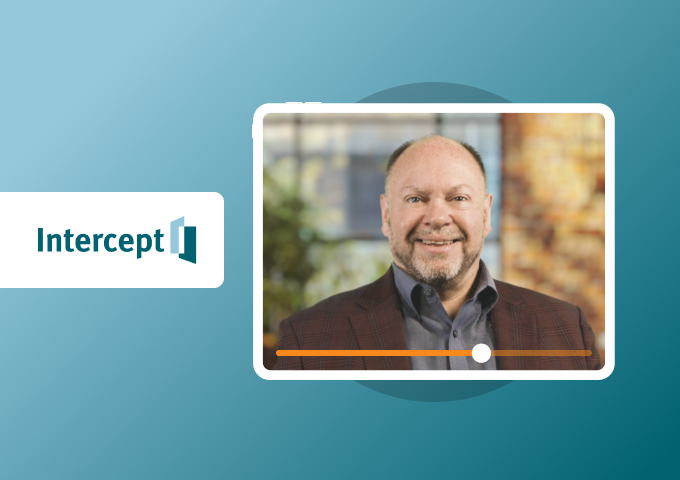
Watch Video
OM Pharma Accelerates Submission Creation and Publishing
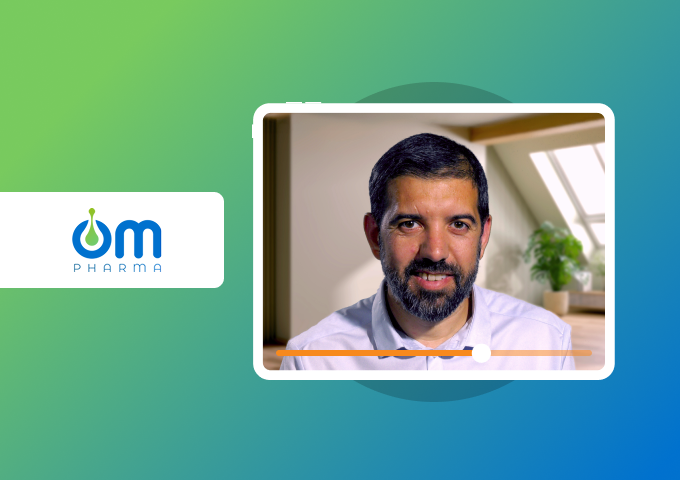
Watch Video
Safety [R]Evolution Podcast
![Safety [R]Evolution Podcast](https://www.veeva.com/wp-content/uploads/2025/09/resource-tile-safety-revolution-340x240-1.png)
Watch Demo
Case Intake Agent and Case Narrative Agent
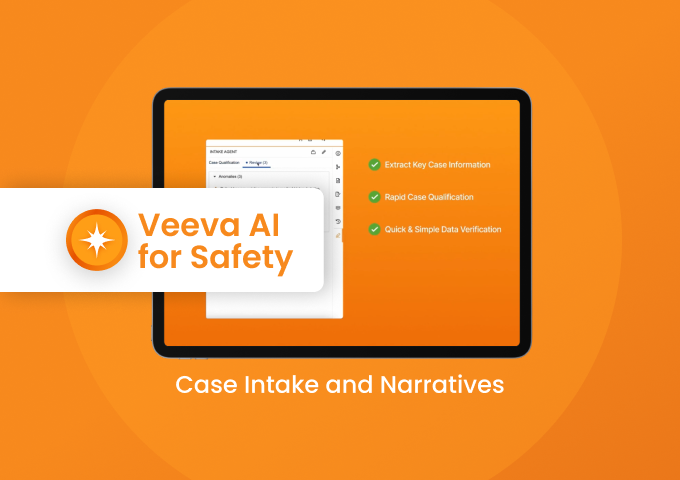
Watch Demo
Global and Japan Case Processing in One Solution
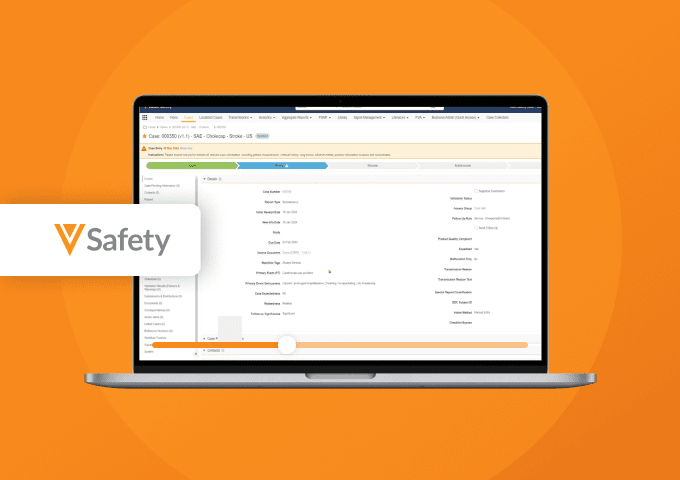
Watch Demo
Centrally Manage Safety Content and Processes
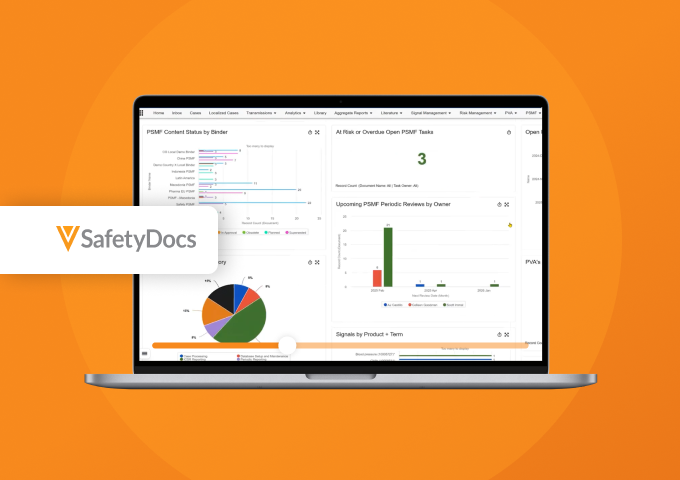
Result Not Found
The query that you've entered is not found.




